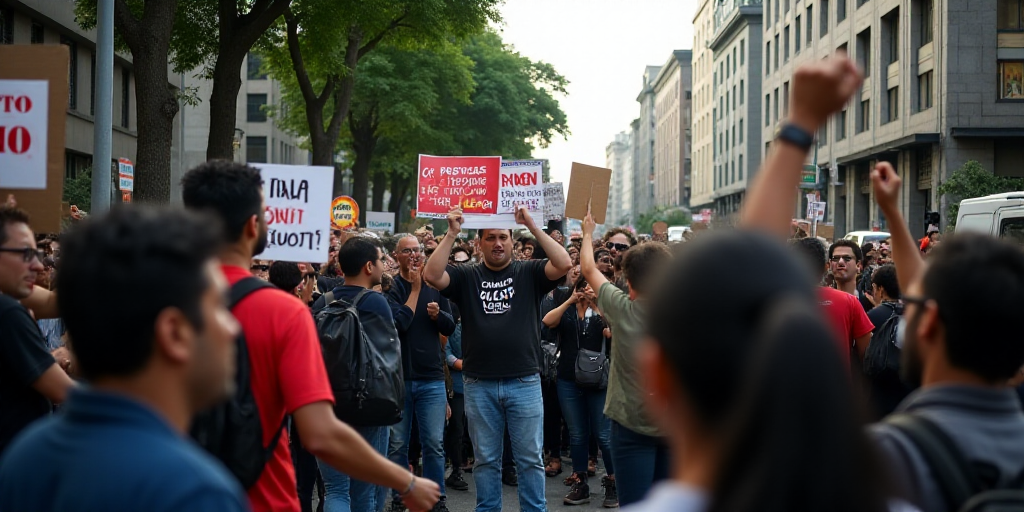Introduction to the Incel Phenomenon
The Incel phenomenon, originating from anglophone online forums and now present in Mexico post-COVID-19 pandemic, is a growing concern requiring institutional, familial, and social attention. Experts agree that this issue involves individual, familial, societal, and cultural factors and cannot be reduced to the isolated actions of a single young person.
Experts’ Perspectives
Fausto Lamont, a UNAM scholar specializing in psychology, emphasizes the need for a multidimensional approach to address this phenomenon, considering individual, familial, societal, and cultural factors.
Luis Mata Zúñiga, a researcher at UAM’s Center for Interdisciplinary Research in Education Development, notes that while the Incel phenomenon has roots in anglophone countries, signs of its presence in Mexico are emerging, particularly among young people facing emotional support gaps.
Jonathan Silva Miranda, a psychoanalyst and scholar at Ibero’s Psychology Department, warns that this phenomenon should not be minimized. It stems from misogynistic discourse and resistance to new masculinities, especially among adolescents who experienced significant educational formation during the pandemic.
Impact of the Pandemic
Mata Zúñiga highlights that the pandemic marked a turning point, as many middle and high school students began displaying signs of anxiety, depression, and the need for psychological attention during confinement.
Silva Miranda explains that enforced isolation and digital tool dependency limited face-to-face socialization, affecting fundamental interaction skills, including relating to the opposite sex.
Addressing the Incel Phenomenon
Lamont stresses the need for a multidimensional approach, considering individual, familial, societal, and cultural factors. He advocates for strengthening prevention efforts in schools and communities, adopting proven models from other countries.
Examples include the UK’s Coaching Boys Into Men program, which promotes sports activities and peer-led workshops on recognizing violence and prejudice.
Lamont also emphasizes the importance of families actively engaging in their children’s digital consumption, fostering prevention culture rather than punitive measures.
Concerns at UNAM Community
The Incel phenomenon and threats against UNAM schools have raised concerns within the university community.
A 19-year-old Biology student at FES Zaragoza, using the pseudonym Mario, acknowledges observing misogynistic and hateful discourse in broader Facebook groups and other online platforms, indicating the Incel phenomenon’s presence in wider virtual spaces.
Mario expresses concern over recent threats, like the one at CCH Sur, stating that such incidents are worrying and not isolated to a single location.
He points out that school prevention systems still have shortcomings, with limited physical security and easy access to dangerous weapons or objects within school premises.
Regarding mental health support programs at the university, Mario notes their existence but limited reach. He mentions that few students utilize these programs, and some have expressed dissatisfaction with their effectiveness.
Key Questions and Answers
- What is the Incel phenomenon? It’s a growing concern originating from anglophone online forums, characterized by misogyny and resistance to new masculinities, impacting young people’s mental health.
- Why is the Incel phenomenon a concern post-pandemic? The pandemic exacerbated feelings of anxiety, depression, and the need for psychological attention among young people, limiting face-to-face socialization and interaction skills.
- How should the Incel phenomenon be addressed? Experts advocate for a multidimensional approach, considering individual, familial, societal, and cultural factors. Strengthening prevention efforts in schools and communities using proven models from other countries is crucial.
- What concerns exist within the UNAM community regarding Incel? Recent threats and misogynistic discourse in online spaces have raised concerns about security, prevention system effectiveness, and mental health support program reach within the university community.






